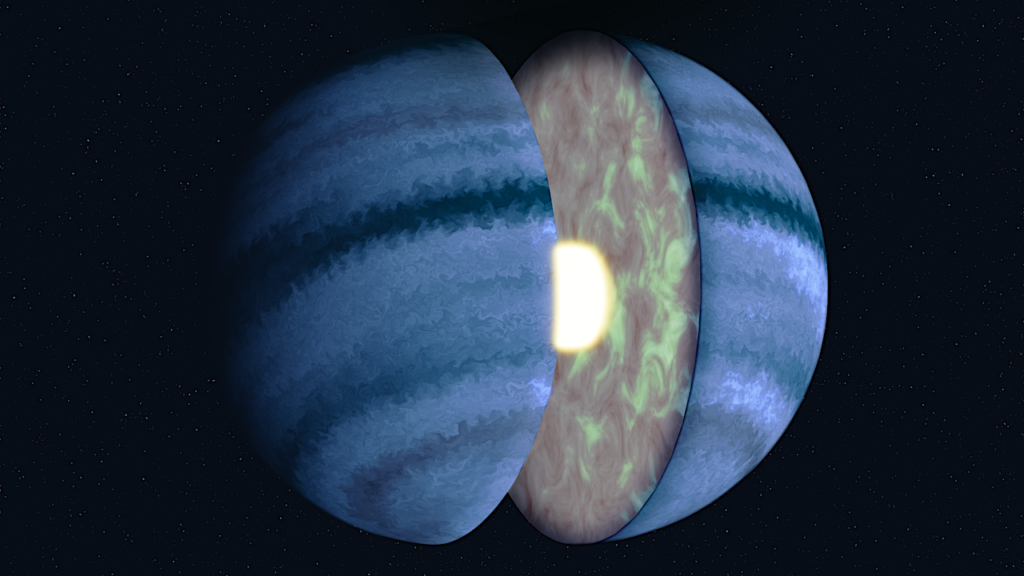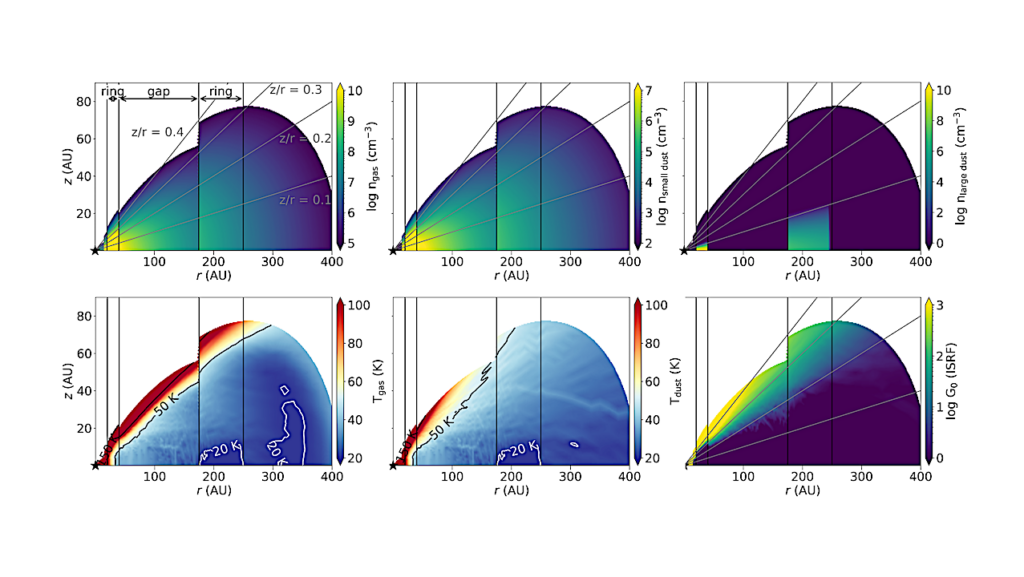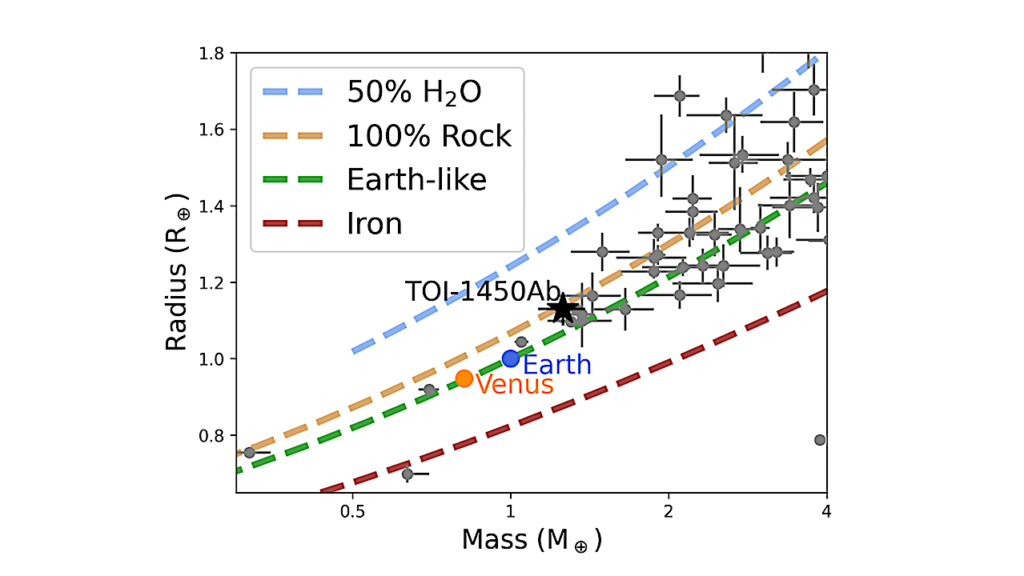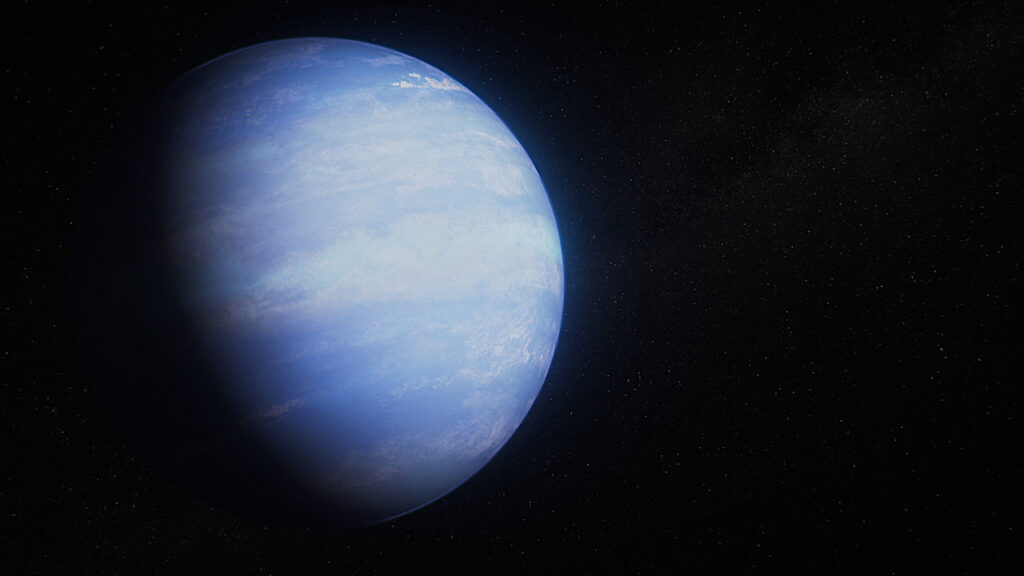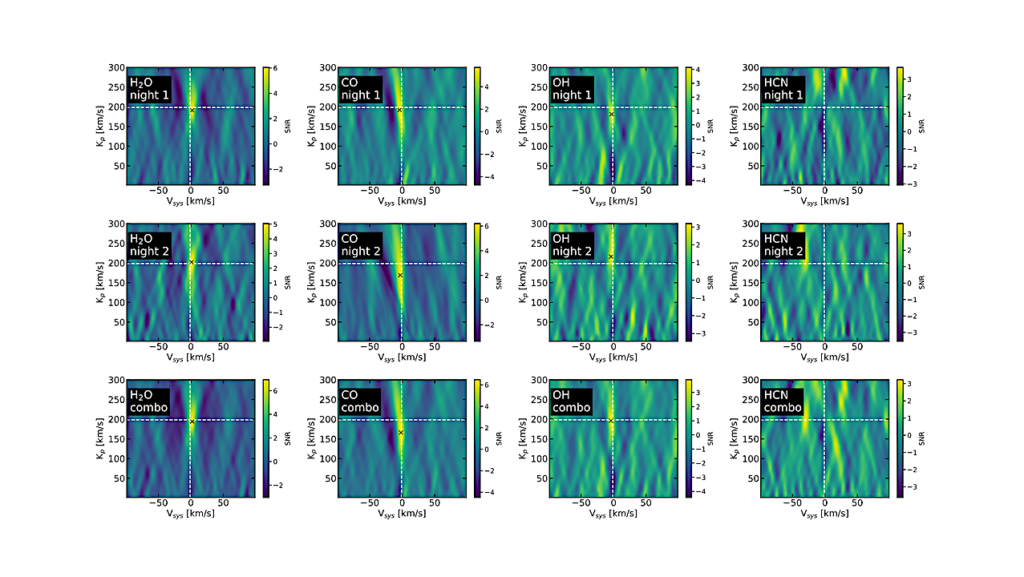Constraining The Formation Of WASP-39b Using JWST Transit Spectroscopy

Understanding the formation history of planets is one of the goals of studying exoplanet atmospheres. The atmospheric composition of planets can provide insights into the formation pathways of planets. Even though the mapping of the atmospheric composition onto a formation pathway is not unambiguous, with the increasing sensitivity of modern instruments, we can derive promising constraints.
In this work, we aim to understand the formation pathway of WASP-39b. We discuss whether the detection of SO2 in its atmosphere would impact our understanding of the formation of the planet and whether it enables us to determine the formation pathway of the planet with greater accuracy. We used the JWST transit observation of the planet together with the available HST and Spitzer observations.
We used a formation model coupled with a radiative transfer retrieval model to derive the planet’s atmospheric characteristics and formation history. Furthermore, we used a photochemical model to derive the impact of photochemistry on the atmosphere of the planet. In this work, we show that the planet is most likely to have initiated beyond the CO2 ice line of its natal disk. Furthermore, the planet is likely to have have accreted some planetesimals during its formation.
We show that the sulfur abundance in the atmosphere of the planet is probably lower than 2.27×10−4. This abundance indicates that the planet is likely to exhibit a lower metallicity than suggested by the retrievals. Furthermore, such an abundance for sulfur is more likely if WASP-39b had been formed beyond the CO ice line of its natal disk.
N. Khorshid, M. Min, J. Polman, L. B. F. M. Waters
Comments: 10 pages, 7 figures, 5 tables
Subjects: Earth and Planetary Astrophysics (astro-ph.EP)
Cite as: arXiv:2405.12061 [astro-ph.EP] (or arXiv:2405.12061v1 [astro-ph.EP] for this version)
Journal reference: A&A, volume 685, Article A64, Year 2024
Related DOI:
https://doi.org/10.1051/0004-6361/202347124
Focus to learn more
Submission history
From: Niloofar Khorshid
[v1] Mon, 20 May 2024 14:31:40 UTC (1,787 KB)
https://arxiv.org/abs/2405.12061
Astrobiology


